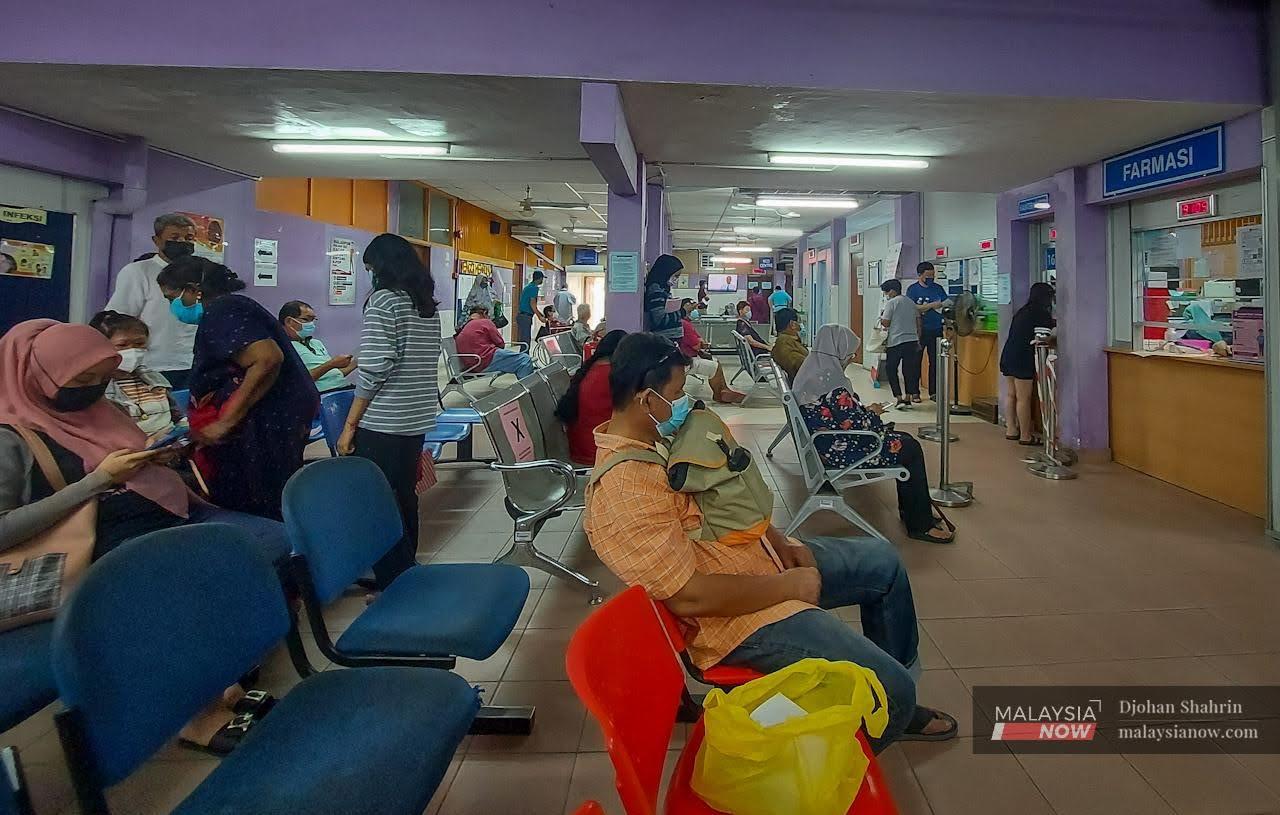The idea behind social health insurance schemes
With the cost of healthcare rising each year, experts say there may come a time when the government can no longer cover the expenses.
Health experts and economists have welcomed the government’s proposal to introduce a social health insurance system in place of the existing free system.
Malaysia has long invested in its public health sector to ensure adequate healthcare for its citizens, who only need to pay RM1 in order to access treatment and medication from government hospitals and clinics.
These investments have also made Malaysia’s healthcare system one of the best in the world.
Nevertheless, maintaining this requires high costs and subsidies from the government.
Under the free health system, the budget comes from the government’s annual budget like that of any other service, from government revenue and taxes.
Public health expert Dr Zainal Ariffin Omar said the cost of healthcare was rising with every passing year, and questioned how long it could continue to be covered by the government’s budget.
“The government needs a new mechanism that can accommodate both current and future health budgets,” he said.
“The present system is divided into the government system and the private system, where the private costs are much higher.”
Health Minister Khairy Jamaluddin previously said that using government taxes to fund health costs was “unsustainable”.
He also said it was difficult for the government to increase the budget for the health ministry, and that the government would give full subsidies to families in the low-income bracket.
Last year, the government allocated RM32.4 billion for health ministry management and development, from a total of RM322.5 billion in the 2021 budget.
Zainal said under the social health insurance system, the government would create special agencies with its financial resources as well as from the people through compulsory insurance according to ability and economic status.
“Expenses for treatment and facilities accredited by the agency will be paid for through the fund,” he said.
“Government and individual costs can be reduced, and individual access to quality services can be universally guaranteed.”
Economist Barjoyai Bardai meanwhile agreed that the government might not be able to continue covering the expenses for the health sector.
He said the insurance system could ensure that the people receive full coverage for specialist medication, surgery and the treatment of major diseases.
“The question is whether it will increase the level of service and reduce government costs,” he said.
“This depends on many things.”
Barjoyai suggested a hybrid system that combines regular hospitals and specialised treatments where insurance can be used for chronic diseases, while common illnesses are referred to large hospitals.
If the system is implemented, he added, the quality of existing hospitals should be upgraded to match that of private facilities.
According to him, such a system would combine financial aspects and medical services, as insurance companies see medical services as a business.
He said the insurance method uses the principle of probability where each policyholder is covered but a person’s chances of getting sick might be low.
“Because the probability is low, the costs incurred are also low,” he added.
Zainal meanwhile said the models and implementations of health insurance systems would vary depending on a country’s economy.
He cited Turkey, the Philippines, Thailand, France and the UK as good examples.
Subscribe to our newsletter
To be updated with all the latest news and analyses daily.
